Impressions from Serbia#
organized by Aleksandar Valjarević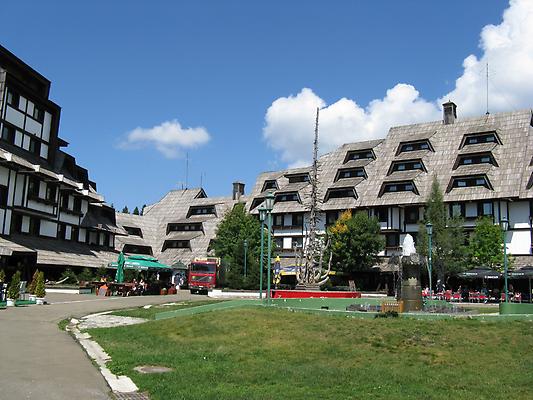
Kopaonik Mountain Resort. Kopaonik Mountain 2017 m, is one of the higher in the Serbia. Kopaonik become National park in 1981 with protected area of 118.1 km2
Photo: A. Valjarević, under CC BY-SA 3.0
Photo: A. Valjarević, under CC BY-SA 3.0

Kopaonik Mountain Resort in Winter 2012.
Photo: H. Maurer, under CC BY-SA 3.0
Photo: H. Maurer, under CC BY-SA 3.0

Near Kopaonik Mountain Resort in Winter 2012.
Photo: H. Maurer, under CC BY-SA 3.0
Photo: H. Maurer, under CC BY-SA 3.0
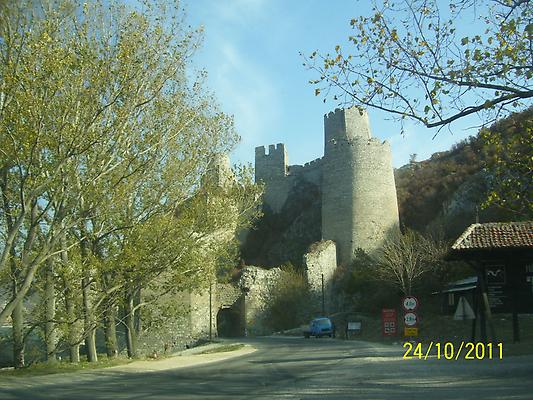
Golubac Castle is the settlement on the right bank of river Danube and belongs to National park Djerdap.
Photo: A. Valjarević, under CC BY-SA 3.0
Photo: A. Valjarević, under CC BY-SA 3.0
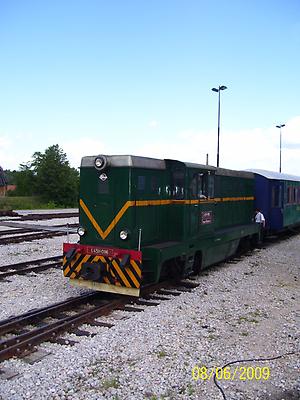
Naarow gauge railroad of Sargan on the path of former rail road Beograd-Sarajevo-Dubrovnik. In the present day one of most visited railroads in the Europe.
Photo: A. Valjarević, under CC BY-SA 3.0
Photo: A. Valjarević, under CC BY-SA 3.0

Beautiful view of Prokuplje, settlement in the middle of Serbia on the South-East Serbia. That part of Serbia has a problem of depopulation.
Photo: A. Valjarević, under CC BY-SA 3.0
Photo: A. Valjarević, under CC BY-SA 3.0

The Devil’s City is a unique geomorphological site well known because of the strangely sculptured pillars of stone or clay and abandoned mines. The present landscape comes from paleo-volcanic activity and was shaped afterwards by erosion. The Devil’s City occupies approximately 4300 sqmeters in the south of Serbia, at the base of Radan Mountain at an of ca. 700 meters. The site was nominated for the Seven World Wonders of nature in 2008.
Photo: A. Valjarević, under CC BY-SA 3.0
Photo: A. Valjarević, under CC BY-SA 3.0
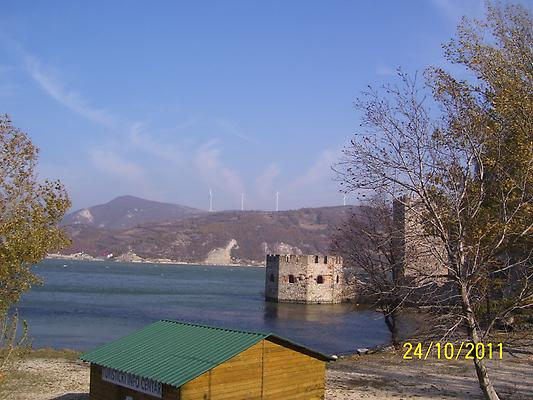
Danube near Golubac
Photo: A. Valjarević, under CC BY-SA 3.0
Photo: A. Valjarević, under CC BY-SA 3.0
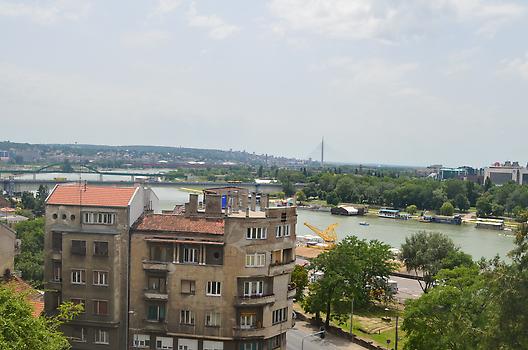
View towards new part of Belgrade with new bridge
Photo: A. Valjarević, under CC BY-SA 3.0
Photo: A. Valjarević, under CC BY-SA 3.0

River Sava and part of Belgrade
Photo: A. Valjarević, under CC BY-SA 3.0
Photo: A. Valjarević, under CC BY-SA 3.0
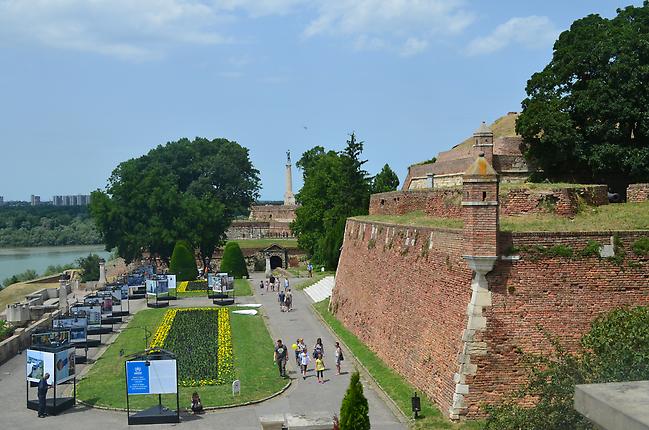
Belgrade Castle
Photo: A. Valjarević, under CC BY-SA 3.0
Photo: A. Valjarević, under CC BY-SA 3.0

Confluence of river Sava and Danube
Photo: A. Valjarević, under CC BY-SA 3.0
Photo: A. Valjarević, under CC BY-SA 3.0

The Pobednik monument on the castle.
Photo: A. Valjarević, under CC BY-SA 3.0
Photo: A. Valjarević, under CC BY-SA 3.0
The Pobednik (‘’The Victor’’) monument is located in the Belgrade Fortress to commemorate Serbia's victory over Ottoman and Austro-Hungarian Empire during the Balkan Wars and the First World War. It was built in 1928 and is 14 meters high. It it is one of the most visited tourist attractions in Belgrade and the city's most recognizable landmark. It shows a male figure with a falcon in the left hand and a sword in the right. The statue looks over the confluence of the Sava and Danube, and over the vast Pannonian plain, towards distant Fruška Gora mountains.